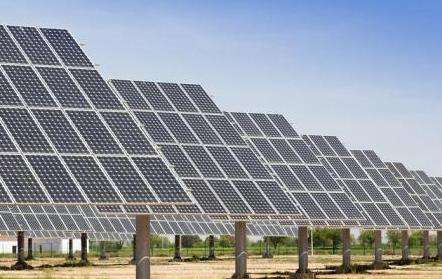1. Formulation of power generation plan: Since the generation power of wind power is difficult to predict accurately, the uncertainty of wind power needs to be considered and addressed during the stages of upstream, real-time and distribution of the microgrid. to ensure the balance of supply and demand in the microgrid. For example, methods based on probabilistic forecasting models can be used to estimate wind energy production and formulate corresponding dispatch plans.
2. Energy dispatch strategy: The uncertainty of wind power will also affect the energy dispatch strategy of microgrids. Due to the uncertainty in the generation power of wind power, it will cause changes in the operation of other power generation equipment in the microgrid, thereby affecting the satisfaction of the electricity generation.in charge of the microgrid. Therefore, it is necessary to develop reasonable energy dispatch strategies in the face of the uncertainty of wind power in order to maximize the power generation potential of wind power while ensuring the balance between the supply and demand in microgrids.
3. Power quality and stability: The uncertainty of wind power will also affect the power quality and stability of microgrids. When wind power generation changes suddenly, the voltage, frequency and other power parameters of the microgrid fluctuate, thereby affecting the power quality and stability of the microgrid. In order to solve this problem, technical means such as power electronic devices and energy storage equipment can be used to adjust the power parameters of the microgrid to ensure the stable operation of themicrogrid.
4. Economic Analysis: The economics of microgrids are also affected by the uncertainty of wind energy. Due to the uncertainty surrounding wind energy, additional costs will be incurred when sending non-wind equipment into microgrids. Therefore, when planning and designing microgrids, the uncertainty of wind power should be fully considered and analyzed to maximize the economics of microgrids.














